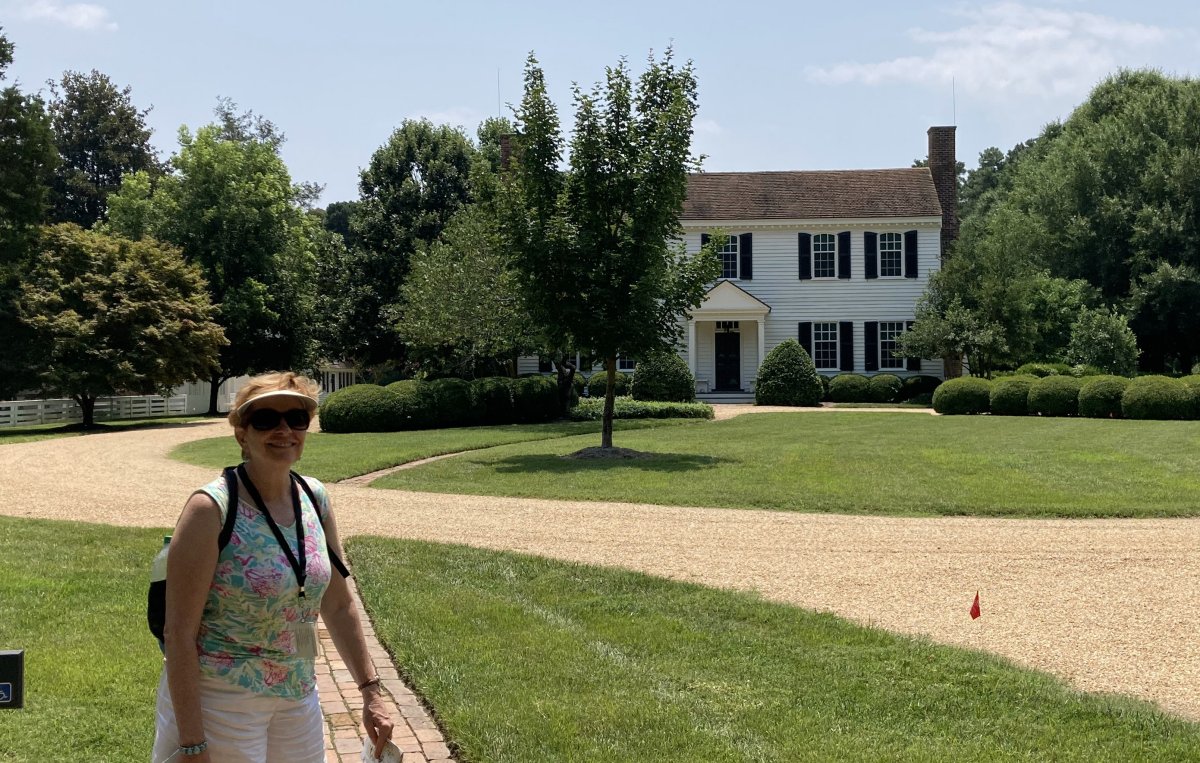July 22, 2021 - Williamsburg, Virginia
On our third day on the Peninsula, we headed to Colonial Williamsburg which is roughly in the center between Yorktown and Jamestown. Colonial Williamsburg is a living-history museum and private foundation presenting a part of the historic district in the city of Williamsburg. Its 301-acre historic area includes several hundred restored or re-created buildings from the 18th century, when the city was the capital of Colonial Virginia. It is one of the most popular tourist destinations in Virginia. I had been here once before when I was a kid.
Prominent buildings include the Governor's Palace, the Capital, Raleigh Tavern (all reconstructed), as well as the Courthouse, the George Wythe House, the Peyton Randolph House, the Magazine, and independently owned and functioning Bruton Parish Church (all originals). Four taverns have been reconstructed for use as restaurants and two for inns. There are craftsmen's workshops for period trades, including a printing shop, a shoemaker's, blacksmith's, a cooperage, a cabinetmaker, a gunsmith's, a wigmaker's, and a silversmith's.
Other than the ticket office, the Visitor's Center was closed (of course). We walked on over to the Govenor's Palace. It was open and tours were available.
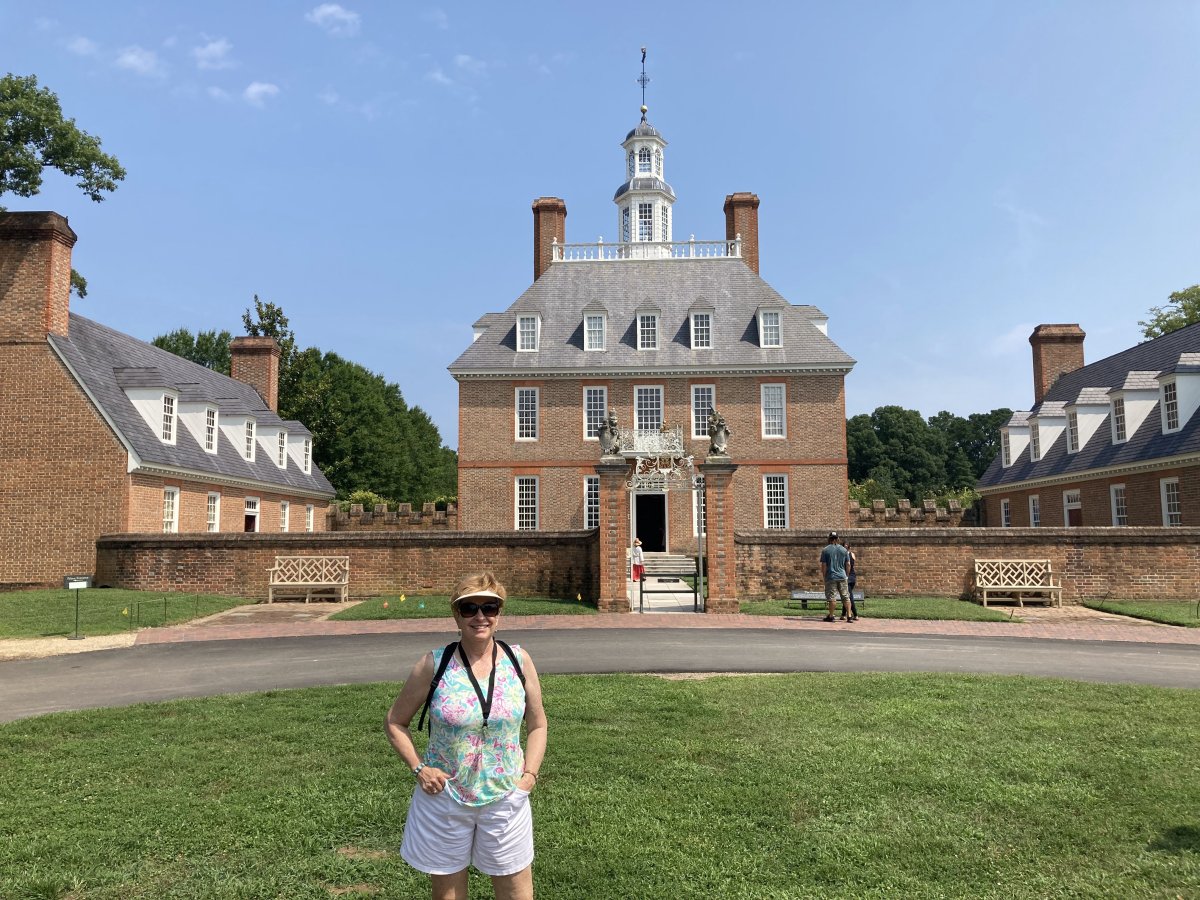
The Governor's Palace in Williamsburg, Virginia, was the official residence of the Royal Governors of the Colony of Virginia. It was also a home for two of Virginia's post-colonial governors, Patrick Henry and Thomas Jefferson. In 1780, Jefferson urged that the capital of Virginia be relocated to Richmond for security reasons during the American Revolution.and with it the Governor's residence.
The main house burned down in 1781, though the outbuildings survived for some time after.
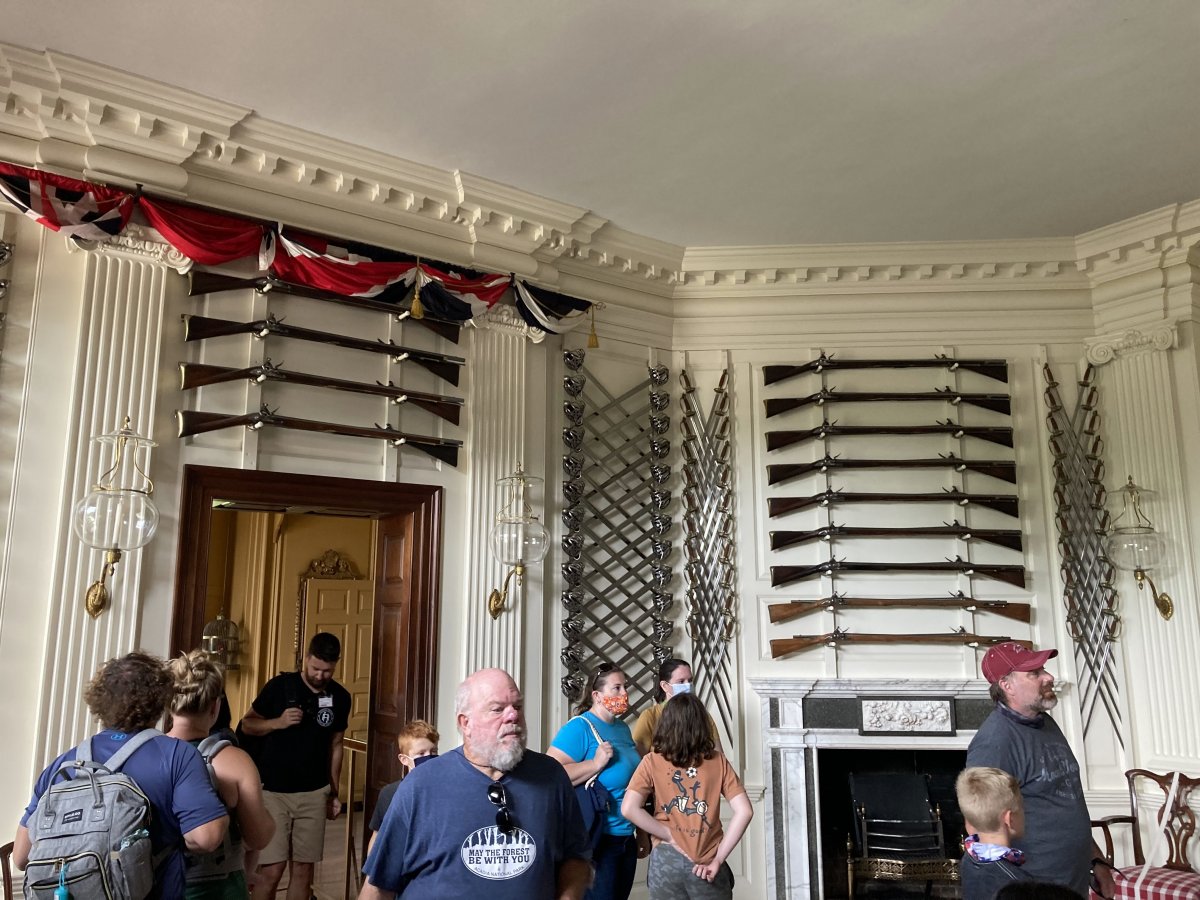
More swords and firearms. And our guide.
With the seat of government removed, Williamsburg's businesses floundered or migrated to Richmond, and the city entered a long, slow period of sleepy stagnation and decay. Bypassed by progress, in its isolation the town maintained much of its 18th-century aspect.
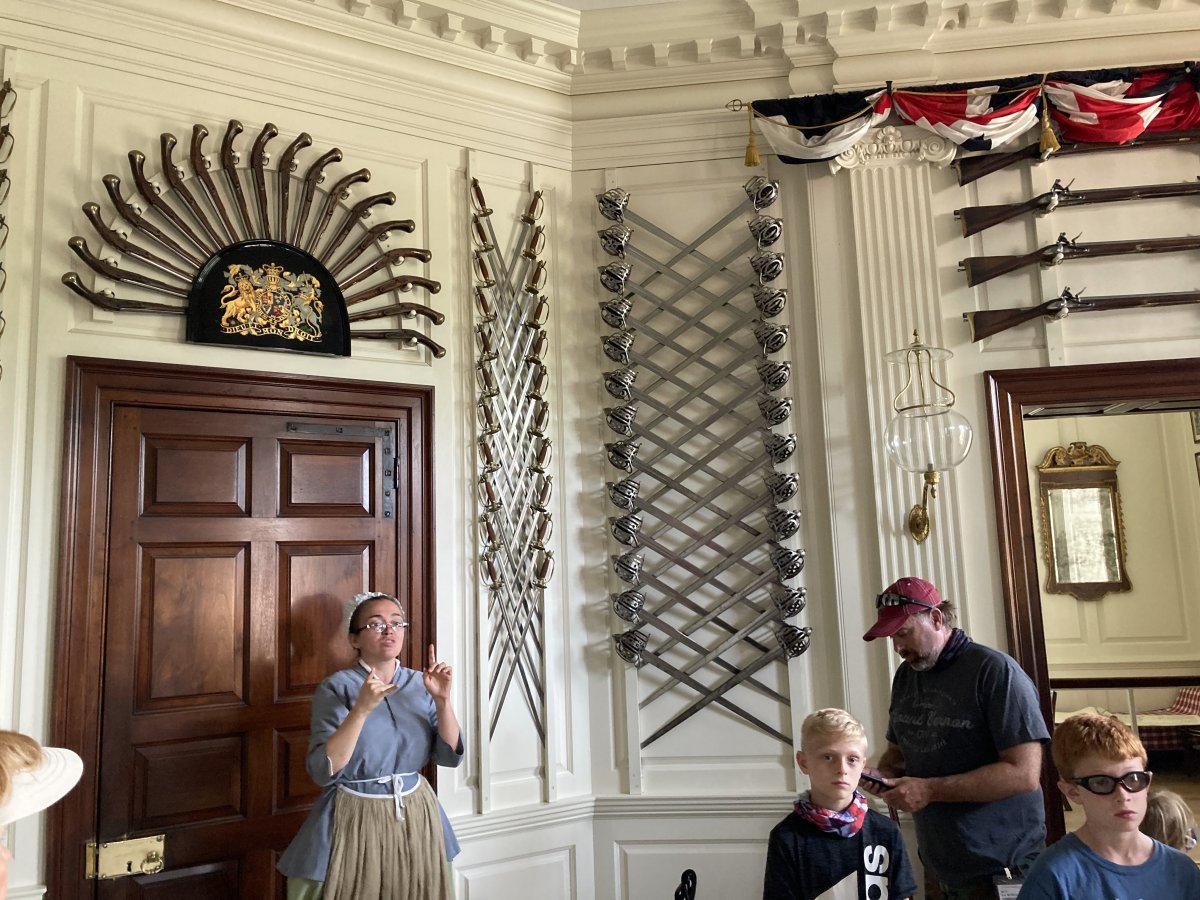
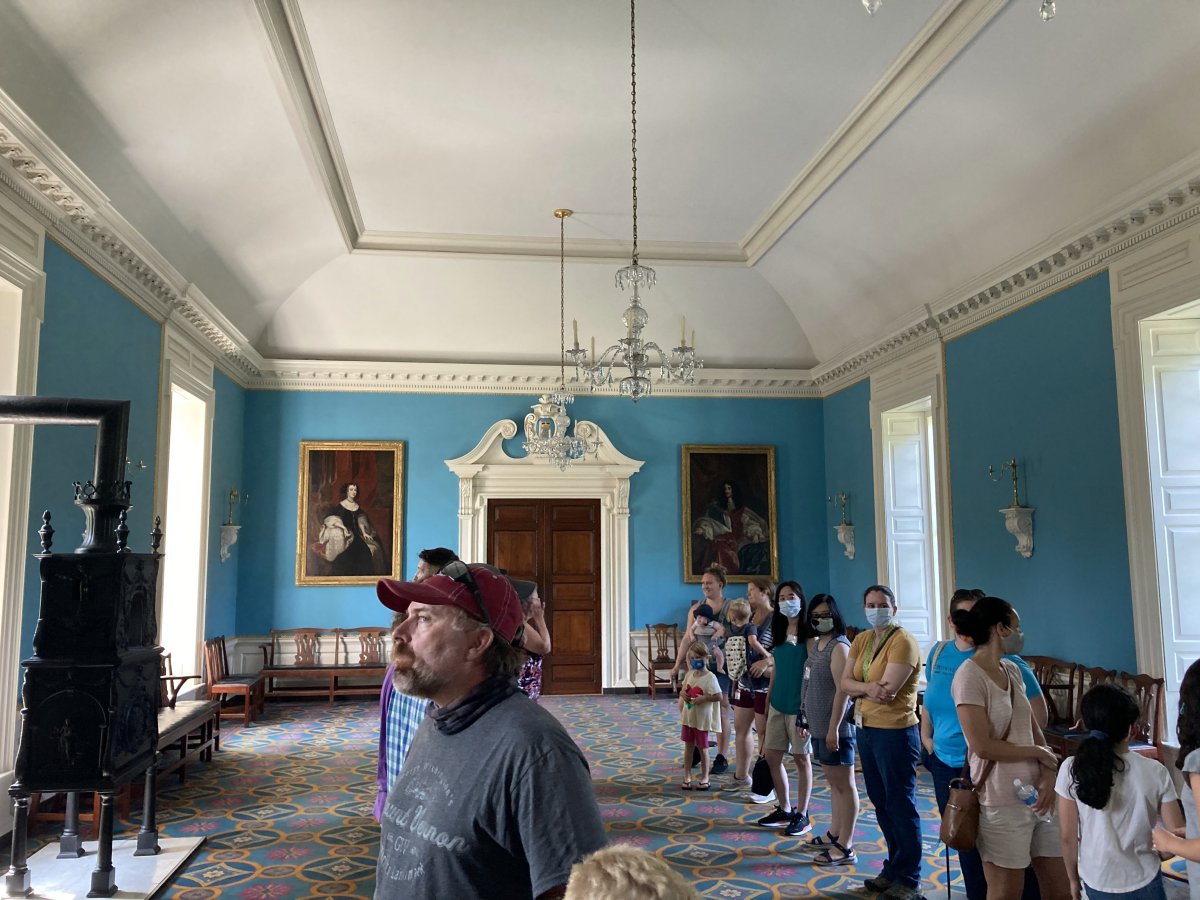
Checking out the Palace gardens.
Early in the 20th century, the Reverend Dr. W. A. R. Goodwin undertook restoration of historic Bruton Parish Church (c. 1711) where he was rector. His dreams of restoring other buildings of the old colonial capital city led to his affiliation with Standard Oil heir and philanthropist John D. Rockefeller Jr. and the creation of Colonial Williamsburg. Goodwin obtained the at first limited and later complete support (and major financial commitment) of John D. Rockefeller Jr., the wealthy son of the founder of the Standard Oil monopoly. Rockefeller's wife Abby Aldrich Rockefeller was also to play a role. In addition to working as Rockefeller's agent Goodwin returned to the Bruton Parish pulpit in 1926, keeping his college positions. Rockefeller approved the plans already developed by Goodwin and launched the massive historical restoration of Colonial Williamsburg on November 22, 1927. Amongst many other buildings restored through his largesse was The College of William & Mary's Wren Building and the Episcopalian Bruton Parish Church
The Governor's Palace was reconstructed in the 1930s on its original site. It is one of the two largest buildings at Colonial Williamsburg, the other being the Capitol.
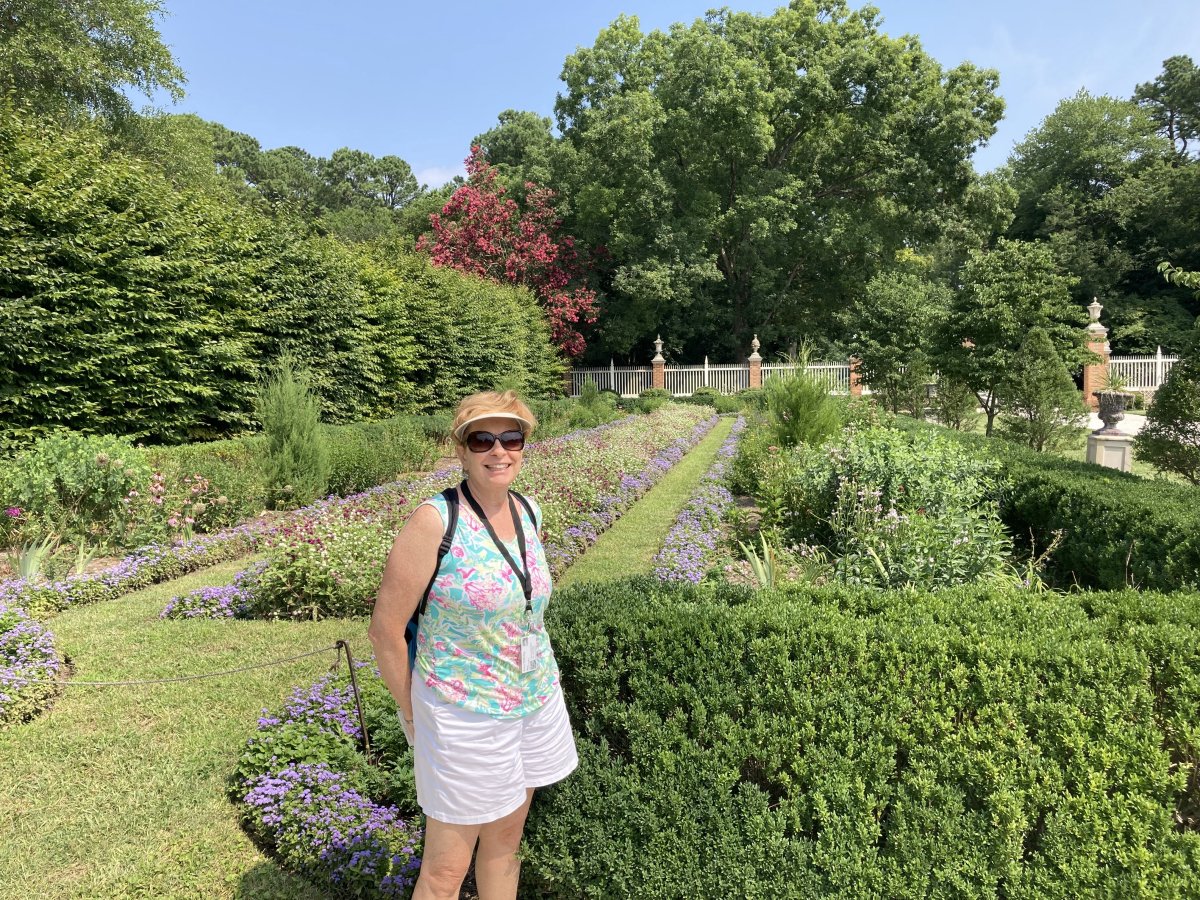
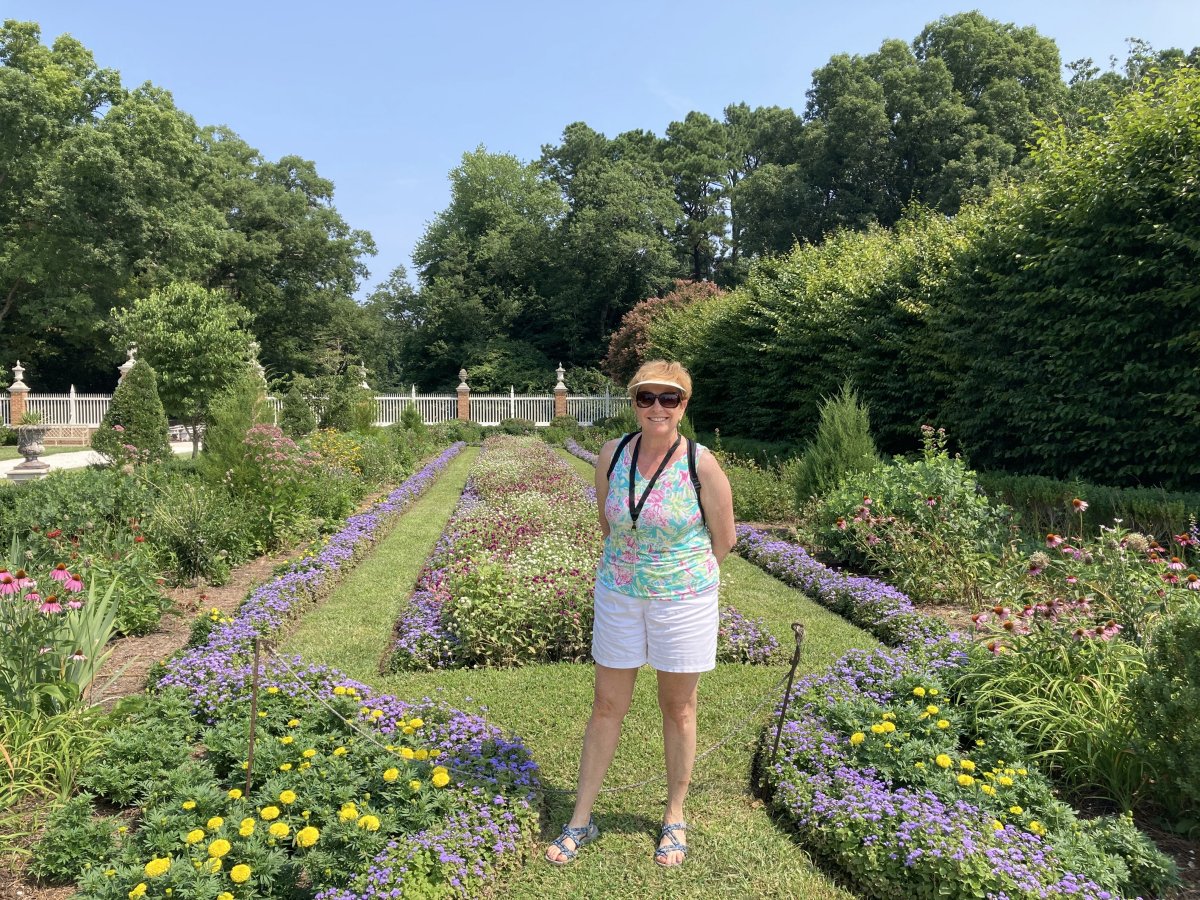
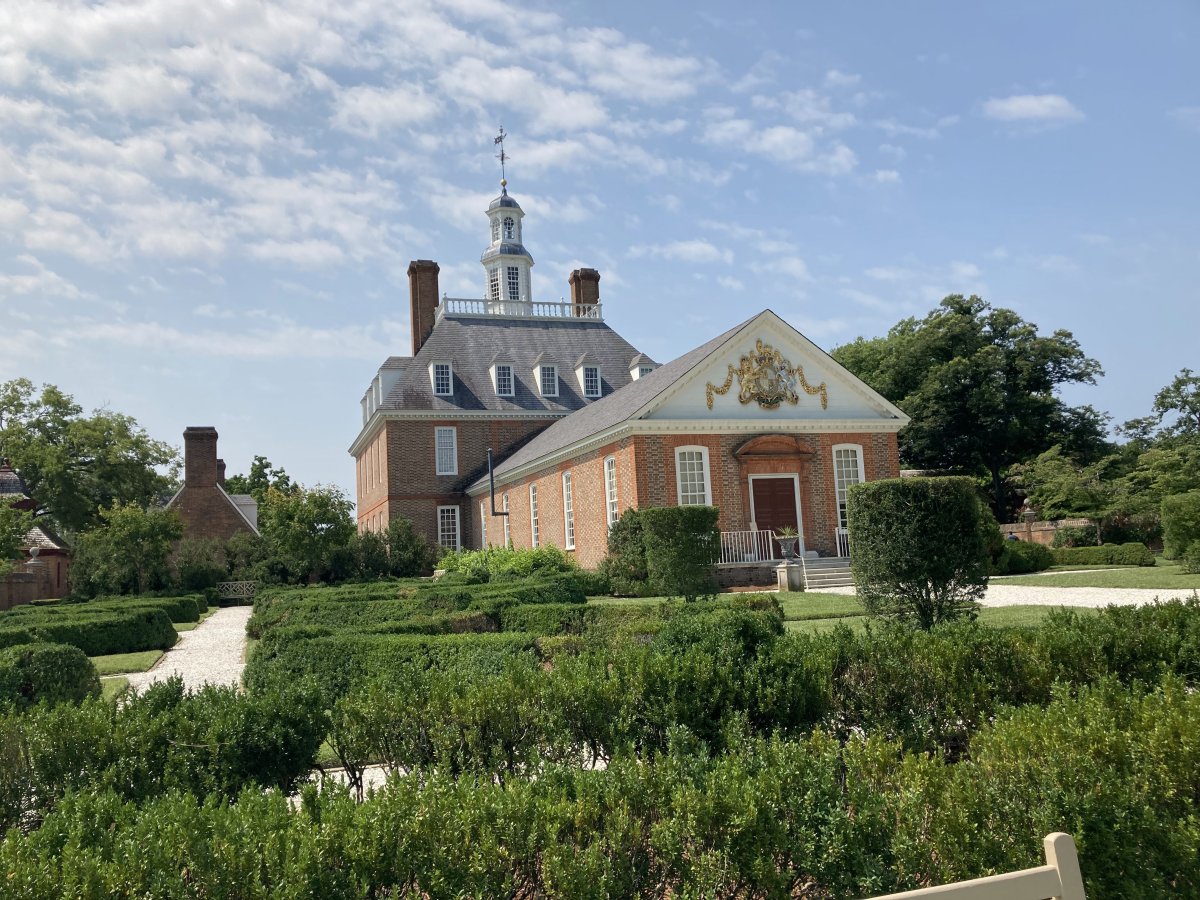
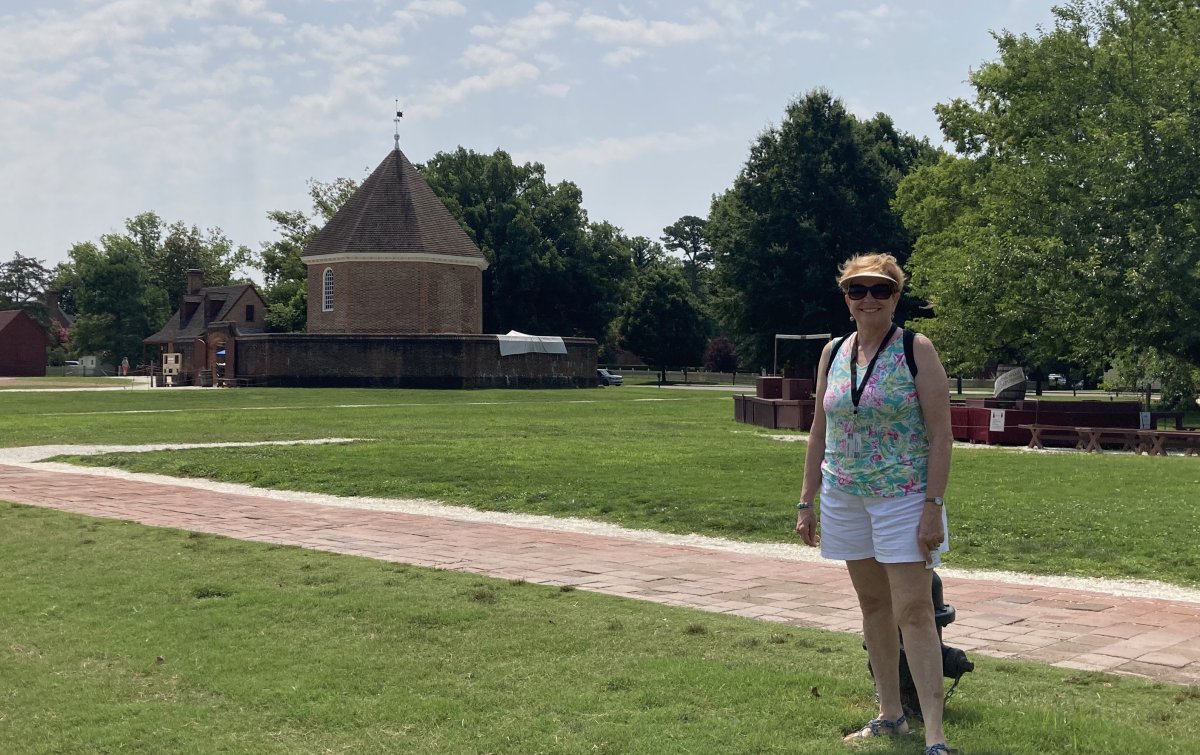
A guide is talking to us in front of the Capital Building.
The Capitol at Williamsburg, Virginia housed both Houses of the Virginia General Assembly, the Council of State and the House of Burgesses of the Colony of Virginia from 1705, when the capital was relocated there from Jamestown, until 1780, when the capital was relocated to Richmond. Two capitol buildings served the colony on the same site: the first from 1705 until its destruction by fire in 1747; the second from 1753 to 1780.
The earlier capitol was reconstructed in the early 1930s as part of the restoration of Colonial Williamsburg.
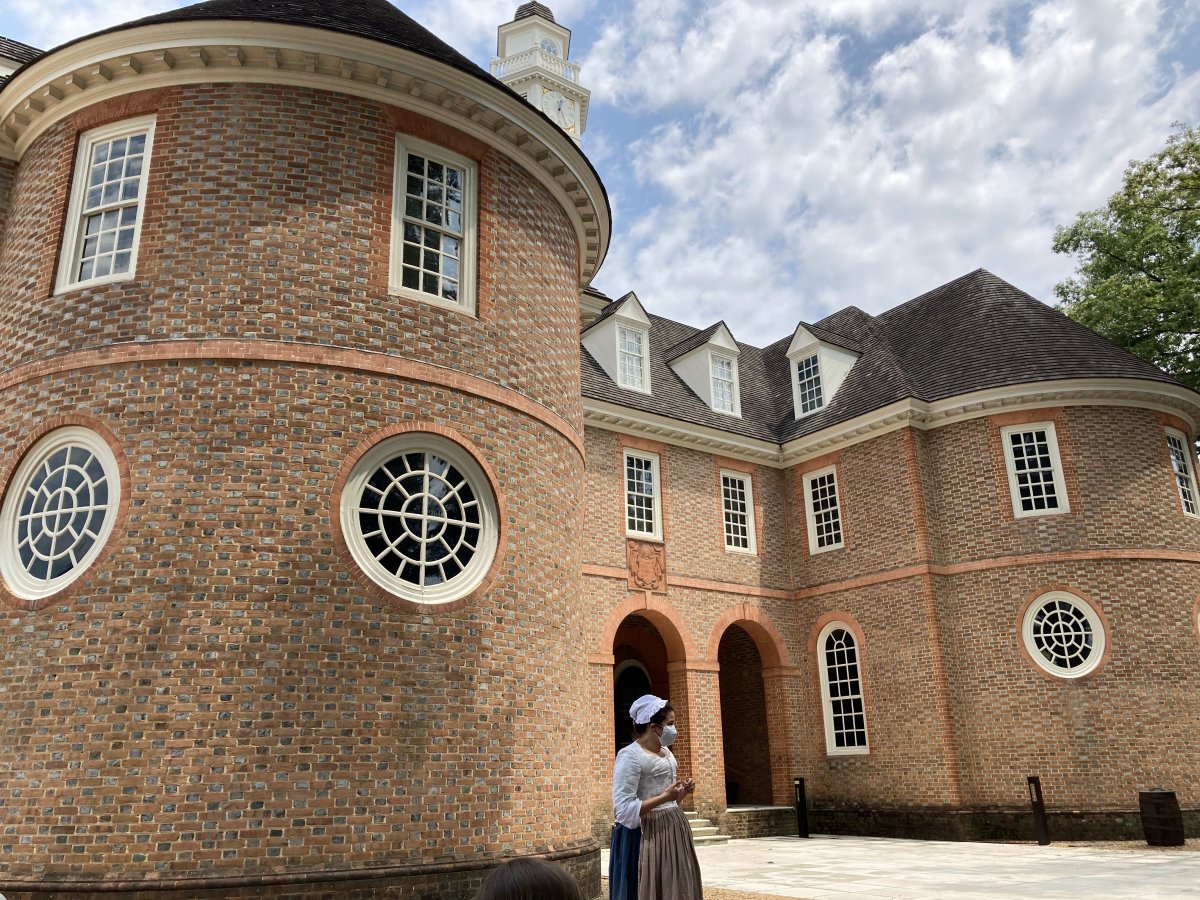
Lynnette had heard that Bassett Hall -- where the Rockefellers lived -- was very interesting. Unfortunately it was closed due to Covid but we did get a look at it from the outside.
Bassett Hall was one of the 88 original surviving buildings that Rev. Dr. W.A.R. Goodwin, the visionary behind Colonial Williamsburg’s restoration, showed to philanthropist John D. Rockefeller Jr. in 1926 to generate his interest and funding for the ambitious plan. A two-story 18th-century white frame house nestled on 585 acres of lawn, gardens, and woodlands, Bassett Hall was built between 1753 and 1766 by House of Burgesses’ member Philip Johnson. It was purchased around 1800 by Virginia legislator and congressman Burwell Bassett, a nephew of Martha Washington. Colonial Williamsburg purchased the property in 1927 and it became the Rockefellers’ home in 1936. Bassett Hall has been restored to its appearance when the Rockefellers lived there, 1936-1948.
In addition to the above, we enjoyed hearing a live speech by George Washington which was outstanding, and touring some of the craftsmen workshops like the printing shop, the leather shop and a blacksmith's shop, with interesting talks by the re-enactors. We also enjoyed visiting the very new and modern Art Museums of Colonial Williamsburg. Although much of Colonial Williamsburg was closed, there was still enough open to make the visit worthwhile. We enjoyed it.
